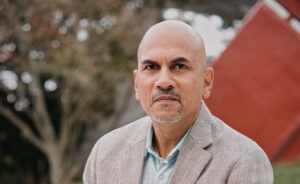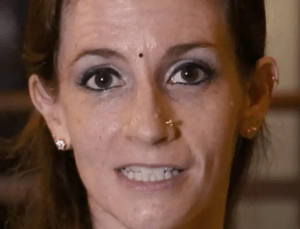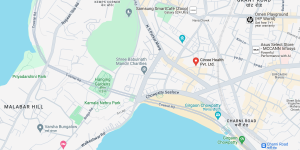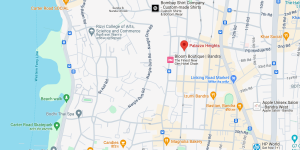Ajoy Prabhu, Co-Founder and CTO, Circee Health Pvt. Ltd. on Disease Reversal.
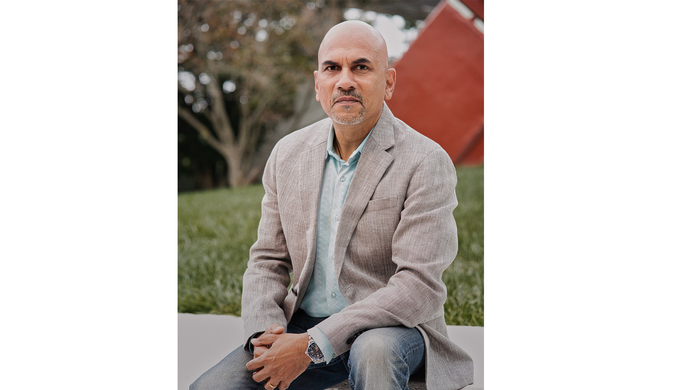
Disease reversal has a few hallmark features — it is holistic, yet pragmatic (i.e. medication only when needed), it looks at a person as an individual and not as a body. This means understanding the person’s physical, lifestyle, emotional, medical, cognitive, social and even spiritual needs. Throw any one of these aspects out of balance, and you will find that the person quickly becomes a patient that needs intervention. For this individual, a focus on disease reversal would mean that the healthcare provider and the patient work together to shed light on potential future issues and discuss how to get ahead of them before they become a problem. This can be in the form of discussions, laboratory and imaging studies, and often questionnaires. Patients will find that this sort of visit will lead to a healthier and longer lifespan – and as an added benefit- easier on the pocket.
But most importantly, disease reversal is permanent because keeping disease-free becomes a habit. Imagine the possibilities of living to a ripe old age with no diabetes, no heart disease and no arthritis.
If you think I am off my rocker, consider this- in 2006, I had an amazing opportunity to go on a solo expedition to live with some “Indians” – more correctly – Native Americans – of the Warao tribe in the Amazon River’s Orinoco delta. This tribe does not believe in currency, and rarely uses numbers in their daily lives. They live on the Amazon river in homes that stand on stilts, amidst swampland where barely anything edible grows. Since I preferred to be respectful of their culture, I ate what they ate. It is a menu so short that I can list it in its entirety here- swamp melons, doughy bread (made from moriche palm buds), tarantulas, some types of grubs (worms from inside the moriche palm) and raw piranha. Their lifestyle is the complete opposite of ours- no salt, no oil, no sugar, nothing out of a plastic bag. I mention this tribe because these people have never been diagnosed with high blood pressure, depression, arthritis, etc.
A few years ago, National Geographic did a study to find out what makes people in certain parts of the world live for over a hundred years. They called these areas of the world the “Blue Zones”. What they found were a few commonalities. The key elements were the following – the importance of family, no smoking, no dairy, eating legumes, higher than average social engagements, constantly moving and a primarily plant-based diet. They essentially did not eat any meat or dairy, or if they did, it was only once or twice a year.
Several books and documentaries later, we the researchers, went back to past literature to see if science backs up these findings. Collectively, we were astounded when we saw that as far back as the 1940s there was evidence that eating a diet appropriate for our human bodies, socializing the right way, and keeping yourself active, was even from a scientific point of view, the right thing to do.
Now comes the issue of why to look into disease reversal. According to Healthdata.org, there has been an alarming rise in the number of non-communicable diseases in India – diabetes has risen by 70% over the last 10 years, and cardiovascular disease has risen by about 50%. Today, we emphasize treating diseases. Unfortunately, this model will always ensure that we will never completely eradicate these ailments. Don’t get me wrong, we need high-tech interventional treatments and allopathic medication, else many of us would be sick or dead. What is missing, therefore, is an emphasis on preventing and reversing chronic disease.
The sad truth is that the most common diseases in India are entirely preventable and in some cases, reversible. The problem until now has been a dearth of practical information to follow, and people tend to cling to unsubstantiated claims.
The leading cause of many chronic diseases has been attributed to hectic urban lifestyles. Therefore, shouldn’t the solution also revolve around changing the way we live? Over the past 30-40 years, there has been strong evidence that by changing your lifestyle for the better, you not only reverse chronic disease but also keep it away. Think back to your great-grandparents, or even grandparents. While they may have had other severe illnesses (usually infections), they did not have diabetes, arthritis, BP – the diseases that are now endemic in India.
In a well publicised study, the Associated Chambers of Commerce of India reported that every INR 1 spent on employee disease prevention saves INR 133 in absenteeism costs and INR 6.62 in healthcare costs. No one can argue against that kind of cost-benefit ratio in preventing diseases amongst employees! The same study found that 83% of employees are willing to contribute towards a company sponsored wellness program. Can you imagine if prevention can save so much, how much more would be added by reversing disease conditions in people?
If the government’s Ayushman Bharat scheme allows innovative private enterprises to move the country towards a disease reversal and prevention-focused model, it would save tremendously in healthcare costs through the coming years. While, in total numbers, India might produce an impressive number of physicians, nurses and other healthcare workers, it pales when we look at our per-capita ratio. A focus, therefore, on disease prevention takes a lot of the burden off the system in terms of manpower requirement. This sort of patient-centered solution could help the insurance industry to have a better handle on efficiency and managing fewer claims. Such data exchange and communications can be a win-win for both the patient as well as the insurance company.
Traditional medicine relies heavily on actual medications. While they certainly help slow down the progression of a chronic condition, they typically do not stop the disease. These medicines are often a slippery slope, and over years, the patient is put on higher and higher doses and more are added to continue to stave off chronic disease conditions. Secondly, there is the issue of adherence to the medicines prescribed. In a recent paper by Dr Pooja Singh from the All India Institute of Medical Sciences (AIIMS), she reported as little as 50 per cent or fewer adherences to prescription medications. Needless to say, this dismal rate can lead to further aggravation and cost of handling the disease burden. Disease reversal sidesteps this issue entirely by eliminating medicines from the lives of these chronically ill patients.
Shifting gears and thinking outside of medicine, we are predicting that large pieces of this disease prevention market will be yoga and fitness centres and even healthy meal delivery companies.
Dr Denis Burkitt once said, “If people are constantly falling off a cliff, you could place ambulances under the cliff or build a fence on the top of the cliff. We are placing all too many ambulances under the cliff.”
We need to build fences.
As reported in the following news outlets (click to visit):

